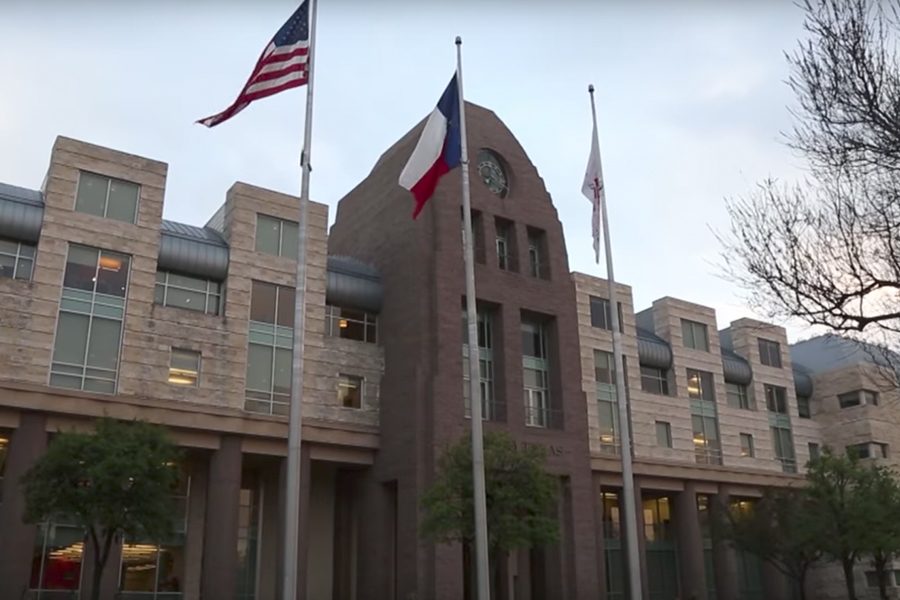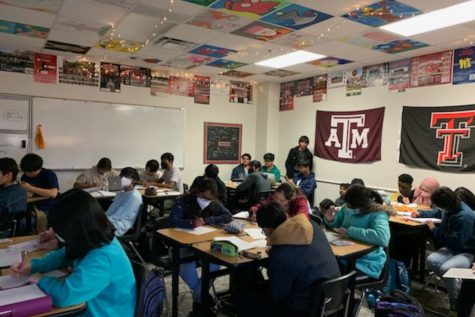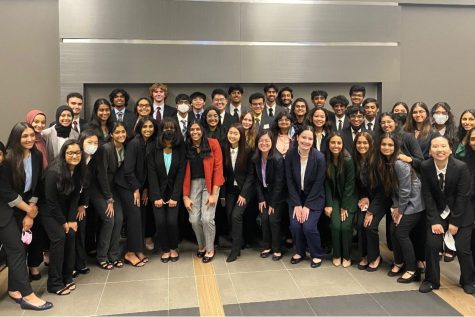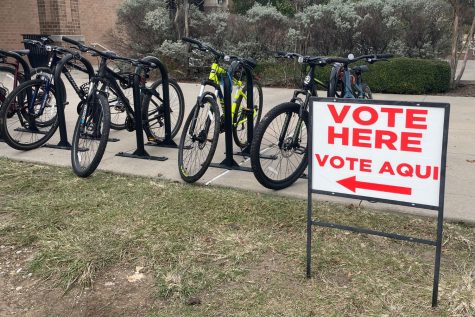America’s fastest growing city
Frisco has been named the No. 1 safest city in the country for the second year in a row. The study conducted by SmartAsset found that Frisco has the fourth lowest crime and drug poisoning rates in the nation, along with the sixth lowest property crime rate.
Often called one of the fastest growing cities in America, there’s no longer any doubt as U.S. Census population estimates rank Frisco as the fastest growing city with a population increase of 8.2 percent between July 1, 2016 and July 1, 2017.
There’s no doubt that there’s a lot of demand for people to move to Frisco,
— Frisco Mayor Jeff Cheney said in a Community Impact article
“I think [the ranking]reflects the high quality of life here in Frisco,” Frisco Mayor Jeff Cheney said in a Community Impact article. “There’s no doubt that there’s a lot of demand for people to move to Frisco, and that’s largely because of our great school district, the high quality of life, great amenities, great housing, great shopping. All of those types of things are why people are flocking here.”
Adding 13,470 residents can put a strain on any school system, but it’s nothing out of the ordinary for Frisco ISD.
“Growth is an ongoing challenge for FISD, but it has also become standard operating procedure as the District has been growing at a rapid rate for more than 20 years,” assistant director of communications Meghan Cone said via email. “The growth has slowed down a bit more recently, but Frisco ISD continues to be the fastest growing school district in Texas and is projected to add almost 10,000 students over the next five years. FISD is currently the 4th largest school district in the Dallas-Fort Worth Metroplex and is expected to surpass Arlington ISD in terms of student enrollment in the next 3-4 years.”
Counselor Cissy Blaisure has lived in Frisco for years and seen the dramatic growth of the city.
“When I moved here Stonebriar Mall was just getting built and there was Frisco High School and they were building Centennial,” Blaisure said. “When I moved here it was mainly on the east side so everything now on the west side and the Tollway has just gotten very busy with transportation and with thousands and thousands of people. I think what I’ve seen change mostly is the businesses, the home growth, and the school growth.”
Demographic updates show that currently 80 percent of land within the District’s boundaries is developed, planned for development or never will be developed because it’s designated park land or green space. Of the 20 percent left for future development, there are fairly specific zoning and future land uses prescribed.
Growth is an ongoing challenge for FISD, but it has also become standard operating procedure as the District has been growing at a rapid rate for more than 20 years,
— assistant director communications department Meghan Cone said via email
“The current projection for full build is about 82,000 students,” Cone said via email. “There are two large land owners that own a large percentage of the undeveloped land in Frisco ISD. If they are slow to sell to developers, the timeline for build out will be a little longer. It could speed up if they sell earlier.”
School leaders are planning ahead to support the growing population in Frisco. In May 2014, Frisco ISD voters approved a $775 million bond referendum to provide educational facilities for up to 66,000 students, but more may be needed.
“There will continue to be a need for new schools to meet the demands of growth,” Cone said. “The District has bond funds available to build another high school (HS #11) and two elementary schools (ES #43 and #44), but current projections show FISD will also need a second high school (HS #12), a middle school (MS #18) and another elementary (ES #45) in the next five years.”
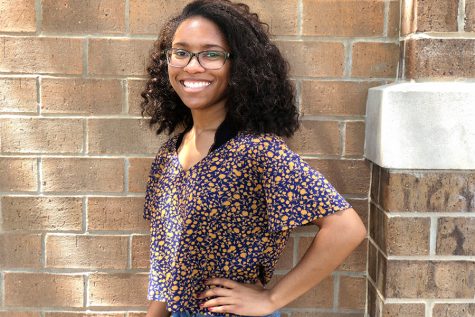
Aliza Porter is currently a senior. She likes to spread positivity. She loves to exercise and do kickboxing in her free time. She has a huge passion for...



